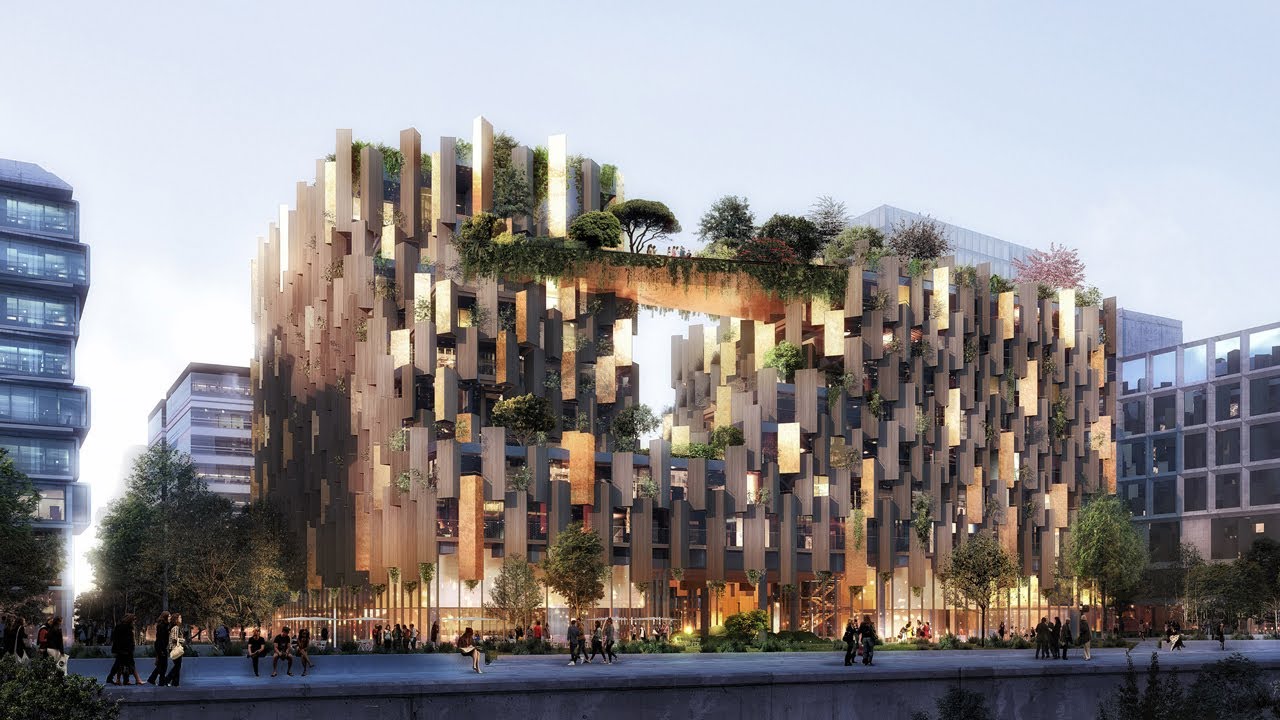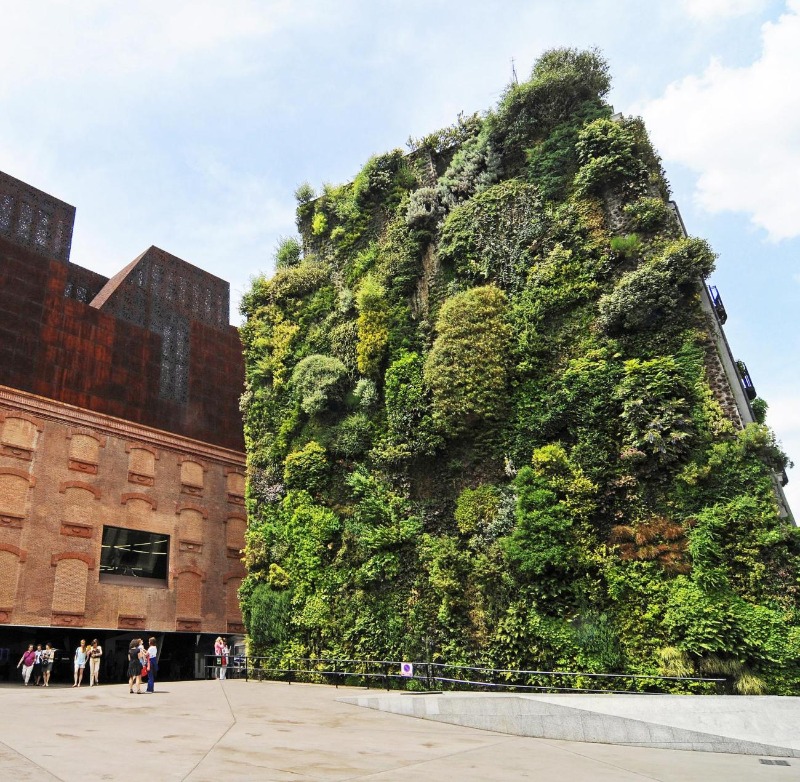Interview with Julia Fürst, a biology student in the field of biodiversity and conservation biology
Reminder: the following information applies to the Zurich area, Switzerland
Is every exotic plant automatically a neophyte, i.e. invasive?
"No, one in ten plants is non-native, one in 100 plants is a neophyte."More...
We are going to create a survey in order to find out about peoples opinions and to find out what they already know and do for our environment. Our goal is to show people, how many of them already do something for the earth.
Link for the german survey: https://ee.humanitarianresponse.info/x/JgQ8WMUA
These are our questions:
1. Von welchen Klimawirksamen Massnahmen wissen Sie bereits?
Grammarly
Hey everyone, I want to show you a really cool online writing assistant for English. It's free and it helps you to write texts.
Grammarly’s AI-powered applications help people communicate more effectively. Millions of users already on Grammarly every day to make their messages, documents, and social media posts clear, mistake-free, and impactful. Grammarly is an Inc. 500 company with offices in San Francisco, New York, Kyiv, and Vancouver.
Grammarly’s sophisticated AI not only corrects your grammatical mistakes but also makes your writing more understandable and helps you make the right impression on the reader based on your audience and goals. In addition, Grammarly is able to check the tone of your correspondence, provide synonym suggestions to make your text more readable and precise, and even check your documents for plagiarism. With Grammarly, you can rest assured that your writing is always held to the highest standard.
You can create a free account at https://app.grammarly.com/.
Have fun and write cool and correct in English. :-)

We have broken our research into three parts (but we're still not finished with planning):
- We inform ourselves about electric cars
- We are looking for information about environmental change through e-cars
- We do interviews and organize an electric car
Our first questions are:
How far does an average electric car get?
- about 450 km.
How are they built and what are the advantages and disadvantages?
- research - Link to the answer
Are there different types of electric cars?
- Yes, electric hybrid, plug-in hybrid, possibly water cars.
- research - Link to the answer
How did they get the idea?
- The idea came to the car companies through various protests from people about the environment.
Is there research by specialists?
- Answer not found yet.
The environment changes a lot because of the electric cars.
They are very environmentally friendly. They have 0 CO2 emissions and other pollutants. They are also very quiet and do not disturb anybody. The only disadvantage I have read so far is that they are too expensive and the charging stations are limited. I can understand this, because I think that you can't mass produce a new product when it is fresh on the market. You also have to see if you can find enough customers and if it is worth to continue production. But in my opinion the electric cars are very well received. You can see this especially with the Tesla car brand. I see at least 4-5 Teslas every day and that is a lot for a car with electric power.
We were lucky and have already organized an interview. We don't know yet how and when we will be able to do it, but it has been granted to us. We have also been given an electric car to look at and drive on Zurich with this car. I am very much looking forward to this day, because I am very interested to see the reaction of various people in Zurich. What also interests me is how it looks exactly in the car and under the hood. From these experiences we try to capture various things with videos.


- Link to TCS information
- 10 facts of e-cars
- History of e-cars
in progress....
In very densely populated cities like Zurich, the many buildings have an immense impact on the city's climate and the environment. Based on this knowledge, we see it as important to think about the previous construction of buildings.
In our project we would like to show the difference between the building material and the surface of different buildings. We investigate and compare common building materials with each other, as well as different possibilities of surface texture. From this, we create two models which are the best and worst combination and what differences they represent for the climate. The focus is on the lifecycle of the different building materials and the resulting consequences for the environment and climate.
Taking into account various factors to determine the models there may be different results depending on the location. As a team based in Zurich, we create the model from a Swiss perspective. A cooperation to see a different point of view and therefore different insights could be quite useful.

Justin & Dario
Possible interview partners:
Heredium (company that wantet to build green facades on the Löwenstrasse in Zürich)
Herr Leuenberger (expert)
Stadtgärtnerei Zürich (Has information and knowledge about green facades)
(in progress)
by Dario & Justin
- Interview with an biologist



- Survey
https://www.umfrageonline.ch/s/acf71bf
- Pictures of trees



[in progress]
Our research is divided in two areas, one for each part oft the project. The aim of both areas is to determine which factors are vital to find out which building material is the best and which facade ist he best.
In the first part we came to the conclusion, that there are several properties we need to consider to determine the optimal building material:
Ecological properties of building materials :
- Energy requirements for production, transport and disposal
- Pollutant emission during production, processing, use and disposal
- Use of recycled material
- durability, easy to repair
- Reusability
- Regionality
Furthermore we already searched for the conventional building materials that we could use to create the model. We will use the following building materials for our model:
- Natural stone
- Brick
- Concrete
- Steel
- Wood
In the second part we looked for factors to measure the impact of the different facades on the climate. We found out that the microclimate is crucial for our project. The microclimate is the climate close to the ground up to a height of 2 metres, or the climate that prevails in a small, precisely defined area. In our case we observe the microclimate of a city
Regarding the microclimate, the reflection of the facade is decisive. In the past, there has been criticism that glass facades can produce a very hot reflection of up to 100 degrees, which is extremely harmful to the microclimate. Currently, the impact of microclimate is not taken into account when distributing sustainability certificates. The reflection causes the floor to heat up critically. It also turned out that planted facade, according to our expectations, the optimal facade is, while glass will be one of the worst.

https://www.fachwerk.erz.be.ch/fileadmin/user_upload/Downloads/Module/Modul4.pdf
https://www.energie-experten.org/bauen-und-sanieren/baustoffe
https://klima.org/wissen/mikroklima/
http://www.gruenstadtklima.at/mikro.htm
https://www.espazium.ch/de/aktuelles/glasfassaden-eine-gefahr-fuer-ihre-umgebung
https://www.oekologisch-bauen.info/baustoffe/dach/fassadenbegruenung/#:~:text=Die%20positiven%20Auswirkungen%20einer%20begrünten,Umgebungsluft%20gebunden%20und%20Sauerstoff%20gebildet.
https://www.urban-hub.com/de/sustainability/innovative-baumaterialien/
https://www.umweltnetz-schweiz.ch/themen/ressourcen/33-beton-–-bauökologisch-sinnvoll.html
Justin & Dario
Nils and Me(Dylan)
We searched the internet for various information about the environment in Zurich and about e-cars. We found very interesting things, which we want to inform ourselves about.
- For example how the environment is changing due to the invention of electric cars.
Or how an electric car is built together.
The electric car affects the environment.
How many people already drive electric cars.
Do electric cars also have disadvantages.
etc.
Also we were able to organize a BMW I3 through connections and are allowed to drive this car and also have a closer look at it. Also we have already organized an interview, which we can do either online or face to face. But we will have to do some more planning, so that our project will be good.


in progress...
(I) Names of research team: Dario Di Fazio & Justin Valiyaveettil
(II) Your Question (What?)
-Wider question (with link to your post): What are the differences between the best and the worst combination of building materials and facades?
-Refined question: (1) How are the building materials brought and disposed? (2) What impact to our environment do different surface textures have?
(III) Your Answer: Project description, methods/techniques, etc. (How?)
-Interviews with experts and/or companies who've built in cities.
-Research in the internet
-Visiting some buildings we compare
-Get some informations from friends who work in this field
(IV) Diverse, e.g. material needed, expert proposals, difficulties
-equipment for taking pictures and to record the interview
by Dario & Justin
Concept, time plan for our IDAF project
Names of the research team:
Debora Röhtlin und Melane Mariathas
Our target:
- We want to find out how much do the people know about urban gardening. Also, we want to inform them how they can easily do urban gardening and where they can buy things to do that.
- Another point is, that we want to further educate our knowledge on this topic.
(On the link you can find our first post on this topic and our goal and achievement: Urban gardening - goal and achievement)
Project description:
- To to realize our project and our vision we want to make a survey about urban gardening and ask the people what they know about this topic and what they think about what everyone can do. With our main collaboration partners from India and the USA we working closely together. We are helping them with their project and they will comment on our posts and also circulate our survey in their school.
- Likewise, we are going to the city of Zurich and ask the people on the street what they know and give them a prospect of urban gardening with much information to educate them.
- It has an urban gardening shop in Wädenswil and we want to make a little interview with the owner of the shop to find out more information from a specialist.
Materials:
- We are going to do the survey with SurveyMonkey.
- For the street survey we need a video camera and later we have to cut the video.
- For the meeting with the manager of the shop, we need our phone to record the interview.
- To make the prospect we need to make our own photos and search for information. Also, we need a computer to create a prospect.
Debora and Melane